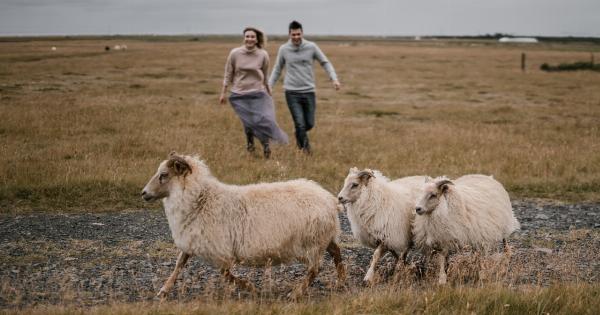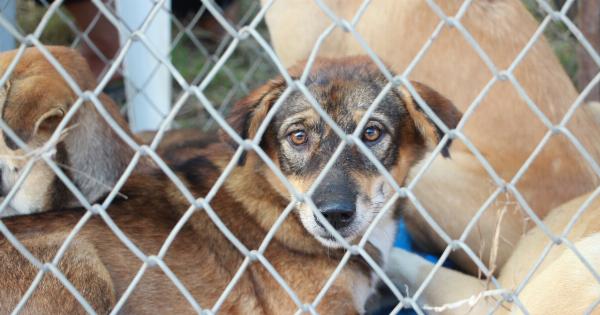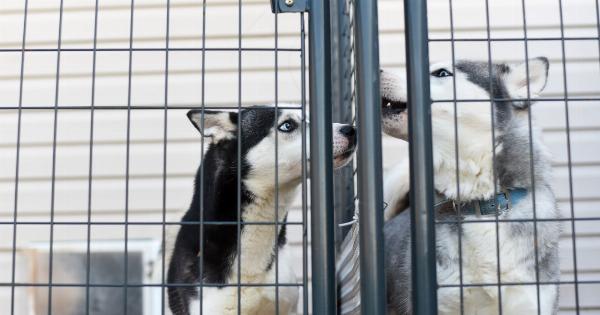Stray animals, also known as street animals, are domesticated animals that roam freely without a permanent home.
These abandoned or lost animals face numerous hardships and challenges, including food scarcity, harsh weather conditions, diseases, and mistreatment. Safeguarding the welfare of stray animals is not only a question of compassion but also an ethical responsibility for society as a whole.
This article delves into the importance of protecting stray animals and discusses various measures that can be taken to ensure their well-being.
The Plight of Stray Animals
Stray animals endure unimaginable suffering on the streets. Many of them were once part of loving homes but were abandoned or lost due to various reasons such as neglect, financial difficulties, or a change in the owner’s circumstances.
Others are born on the streets, perpetuating the cycle of stray animal populations. Regardless of how they ended up as strays, these animals face a myriad of challenges every day.
One of the most pressing issues faced by stray animals is the scarcity of food and water.
Unlike domesticated animals with owners, strays must scavenge for their sustenance, often relying on garbage cans, leftovers, or meager handouts from kind-hearted individuals. This constant struggle for survival takes a toll on their overall health, immune system, and well-being.
Additionally, stray animals are exposed to extreme weather conditions. Whether it is scorching summers, freezing winters, heavy rains, or unforgiving storms, these animals have no shelter to protect them.
Without adequate protection, they endure the elements, leading to illnesses, injuries, or even death.
Furthermore, street animals face the threat of diseases and infections. Lack of proper veterinary care, vaccinations, and sanitation increases the risk of contracting contagious diseases, such as rabies, distemper, or parvovirus.
These illnesses not only affect stray animals but can also pose a significant risk to human health.
Lastly, mistreatment and abuse are rampant among stray animals. Some individuals view stray animals as a nuisance or threat, leading to acts of cruelty and violence.
From deliberate poisoning to physical abuse, these helpless creatures are subjected to unimaginable pain and suffering at the hands of humans.
The Moral Imperative
Protecting stray animals is not just an act of kindness; it is a moral imperative that society must embrace. These animals experience pain, suffering, and emotions similar to our domesticated pets.
It is our duty to ensure their well-being and grant them the basic rights they deserve.
Respecting the lives of stray animals reflects our values as a compassionate and ethical society. By showing empathy towards these vulnerable creatures, we promote kindness, respect for life, and the principles of justice and fairness.
Furthermore, protecting stray animals aligns with our own self-interest. Public health is closely intertwined with the well-being of animals. Stray animals can transmit diseases to humans, particularly through bites or scratches.
By ensuring their health, we minimize the risks of zoonotic diseases, enhancing public safety and overall community health.
In addition, a society that protects its stray animals demonstrates a higher level of social development. It exhibits that the community values all lives, regardless of their species or social standing.
This creates a positive image, attracting tourists and potential residents who appreciate a compassionate environment.
Effective Measures to Protect Stray Animals
1. Implement Spay and Neuter Programs: One of the most effective ways to control the stray animal population is through spaying and neutering initiatives.
These programs help prevent the reproduction of strays, reducing the number of animals on the streets. Government agencies, animal welfare organizations, and private veterinary clinics should collaborate to provide affordable spaying and neutering services.
2. Promote Adoption and Foster Care: Encouraging the adoption of stray animals is another critical step towards protecting them.
Animal shelters and rescue organizations should raise awareness about the benefits of adopting a stray animal, emphasizing the rewarding experience and the opportunity to give an animal a second chance at a loving home. Foster care programs can also provide temporary shelter and care for strays until they find forever homes.
3. Educate the Community: Raising awareness about the plight of stray animals is crucial in cultivating empathy and compassion within the community.
Educational campaigns in schools, local events, and through various media platforms can educate people about responsible pet ownership, the importance of spaying and neutering, and the proper treatment of animals. These initiatives can help reduce the number of abandoned animals while promoting a more caring society.
4. Establish Stray Animal Shelters: Creating dedicated shelters for stray animals provides a safe haven where they can receive food, water, medical care, and protection from the elements.
These shelters should work in collaboration with local authorities, animal welfare organizations, and volunteers. Adequate funding and resources should be allocated to maintain these shelters and provide a comfortable environment for the animals.
5. Strengthen Animal Welfare Laws: Governments should enact and enforce stringent animal welfare laws to protect stray animals from abuse, abandonment, and neglect. Penalties for acts of cruelty should be severe, serving as a deterrent.
Public awareness campaigns can inform the community about these laws and the consequences of violating them.
6. Encourage Community Involvement: Engaging the community is crucial in safeguarding the rights and well-being of stray animals.
Volunteer programs, fundraising events, and fostering opportunities can encourage individuals to actively contribute towards the protection and care of stray animals. By fostering a sense of responsibility and empathy, community involvement can create lasting change.
7. Collaborate with Veterinarians and Animal Welfare Organizations: Governments should collaborate with veterinarians and animal welfare organizations to provide veterinary care and vaccinations to stray animals.
These partnerships can ensure regular check-ups, vaccinations, and the timely treatment of any illnesses or injuries.
8. Implement Trap-Neuter-Return (TNR) Programs: Utilizing trap-neuter-return programs is an effective method to control the stray animal population. Stray cats, in particular, are prolific breeders.
TNR programs involve trapping stray cats, neutering or spaying them, and then returning them to their original location. This practice reduces the number of kittens born on the streets and also prevents the territorial invasion of other cats.
9. Increase Financial Support for Animal Welfare Organizations: Governments and individuals can support animal welfare organizations financially. These organizations play a crucial role in rescuing, rehabilitating, and rehoming stray animals.
By providing them with adequate funding, they can expand their operations, invest in better facilities, and hire more staff to address the growing need for animal welfare.
10. Foster Collaboration Between NGOs and Government Agencies: The collaboration between non-governmental organizations (NGOs) and government agencies is vital in addressing the issues faced by stray animals.
Governments should support and partner with reputable NGOs that have considerable experience in animal welfare. By working together, they can devise comprehensive strategies and policies for the protection and well-being of stray animals.
Conclusion
Protecting stray animals requires a concerted effort from individuals, communities, animal welfare organizations, and governments. It is not only a matter of compassion and empathy but also a moral obligation.
By implementing spay and neuter programs, promoting adoption, educating the community, establishing shelters, and strengthening animal welfare laws, we can make significant progress in safeguarding the well-being of stray animals. Together, we can create a society that values all lives, extends compassion to the most vulnerable, and sets an example for a more humane world.






























